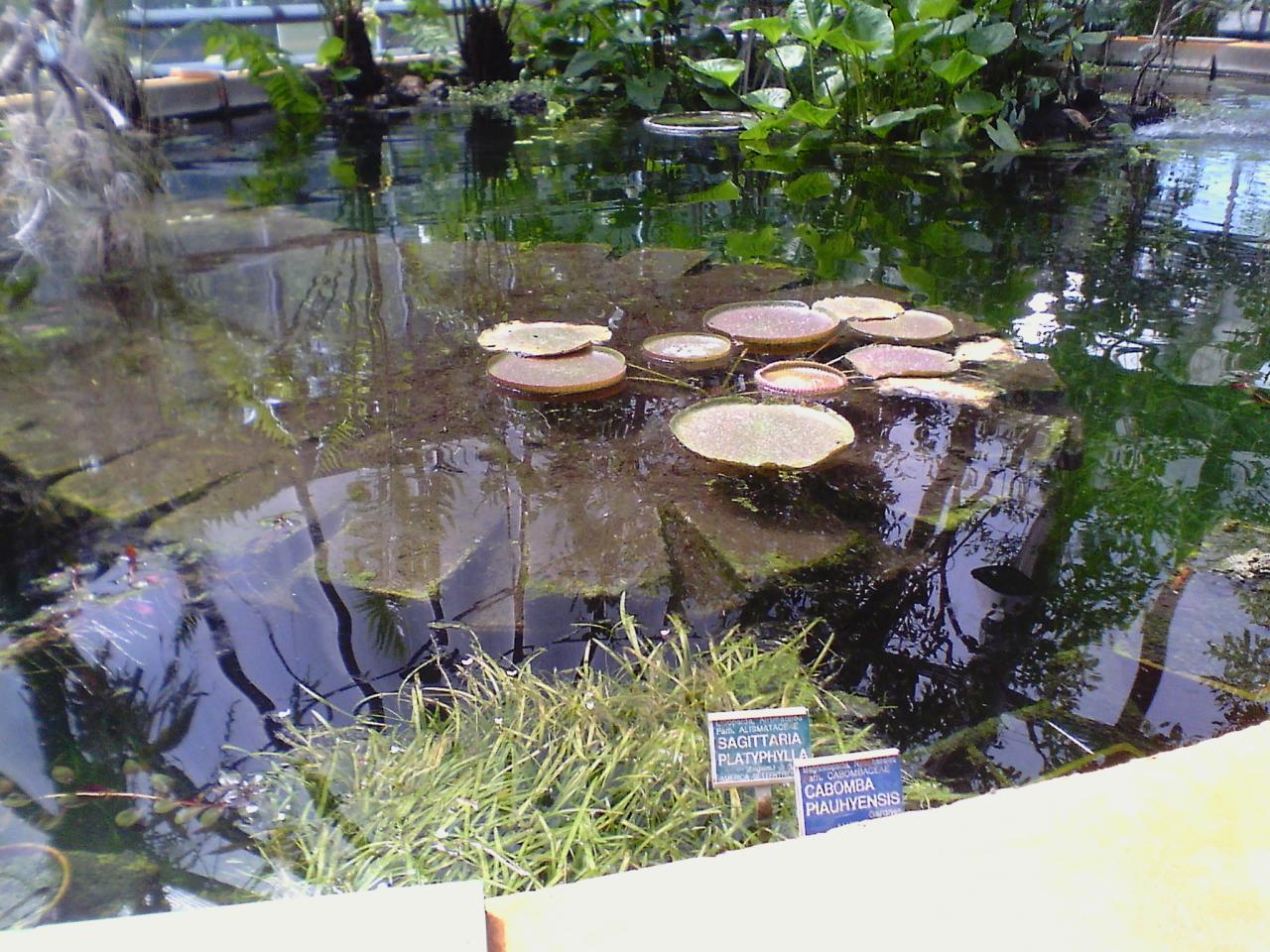
Recently Rated:
Stats
Blogs: 2
images: 18
Location: Croydon, Surrey
Work interests:
Affiliation/website:
Preferred contact method: Reply to post in blog/forum/group
Preferred contact language(s):
Contact:
Favourite publications:
Work interests:
Affiliation/website:
Preferred contact method: Reply to post in blog/forum/group
Preferred contact language(s):
Contact:
Favourite publications:
Founding Member
Location: Croydon, Surrey, United Kingdom
Work: Chemistry, Biology, Pharmacology
Biographical: Mobile: 07411260423 I am a graduated in Chemical and Pharmaceutical technology and I am a member of the "General Pharmaceutical Council", of the " Institute of Science and Technology" and of the "Cambridge Natural History Society". I am working on genetics and I have did a publication in a peer -reviewed journal.
Favourite Publications: IST Journal, Nature, Science
Work: Chemistry, Biology, Pharmacology
Biographical: Mobile: 07411260423 I am a graduated in Chemical and Pharmaceutical technology and I am a member of the "General Pharmaceutical Council", of the " Institute of Science and Technology" and of the "Cambridge Natural History Society". I am working on genetics and I have did a publication in a peer -reviewed journal.
Favourite Publications: IST Journal, Nature, Science


Caro Raffaele,
Scusa, ma non avevo visto il tuo messaggio. Grazie per l'articolo, l'avevo letto tanto tempo fa, ma rinfrescarmi la memoria mi ha fatto molto bene. Inoltre, ho capito il tuo commento solo dopo essere stata in Sardegna, dove l, la colocasia verde chiaro dalle foglie grandi e attraenti viene chiamata Colocasia antiquorum. Poi ci sono anche situazioni assurde come all'orto botanico di Cagliari, in cui sotto l'etichetta Colocasia antiquorum c' una pianta di Alocasia, e della vera colocasia nessuna traccia.
Ad ogni modo grazie per gli auguri e per l'articolo,
Ilaria
Dear Ilaria Maria
Many thanks for the comment.
In my answer, I have considered the antiquorum specie as different from the esculenta ones. This is because, as you may know, the discussion on this differentation is still fervid. On the other hand, is true that the two species are, for the most, catalogued as synonyms .
Enclosed, there is the link to an old research paper focused on this argument.
http://link.springer.com/article/10.1007/BF00041519
P.S.
Il tuo nome lascia intendere origini Italiane, quindi continuo il commento usando la nostra lingua madre!!
Spero che queste informazioni ti siano utili e ne approfitto per darti i migliori auguri per il tuo PhD
Ciao,
Raffaele
Dear Raffaele,
The plant is present in the Flora Napolitana under the name Arum Colocasia pag 353 volume 2. This is name Linnaeus gave for what subsequentlySchott renamed as Colocasia esculenta var. antiquorum.
Cheers,
Ilaria
Dear Peter
I saw Colocasia in the Garden, specifically was of the specie antiquorum,commonly called "Taro" in Italian.
Nowadays, this plant in Italy is mainly diffused in Calabria, Sicily and Sardinia also if it is often confused with Colocasia esculenta. On the other hand, is possible to buy several species of the genus Colocasia in important greenhouses.
Regarding the date of introduction, I found an index of the Neapolitan flora, dated 1962, in which Colocasia was not mentioned. http://www.ortobotaniconapoli.it/paginadimenu.htm
I hope I was helpful
Kind regards
Raffaele
Dear Raffaele,
By any chance have you seen Colocasia in the Garden? It appears here and there in botanical gardens and private ornamental water gardens in many places in Italy, possibly as a very old introduction to Italy. Often it grows alongside Nelumbo, Papyrus, and other water plants (like those shown here in your photo).
In 2001, I saw Colocasia growing in a tub outside a Chinese restaurant in Naples - it was probably a very recent introduction by the restaurant owner, or by vegetable importers (can it be found in the vegetable markets in Naples?)
Thanks, Peter